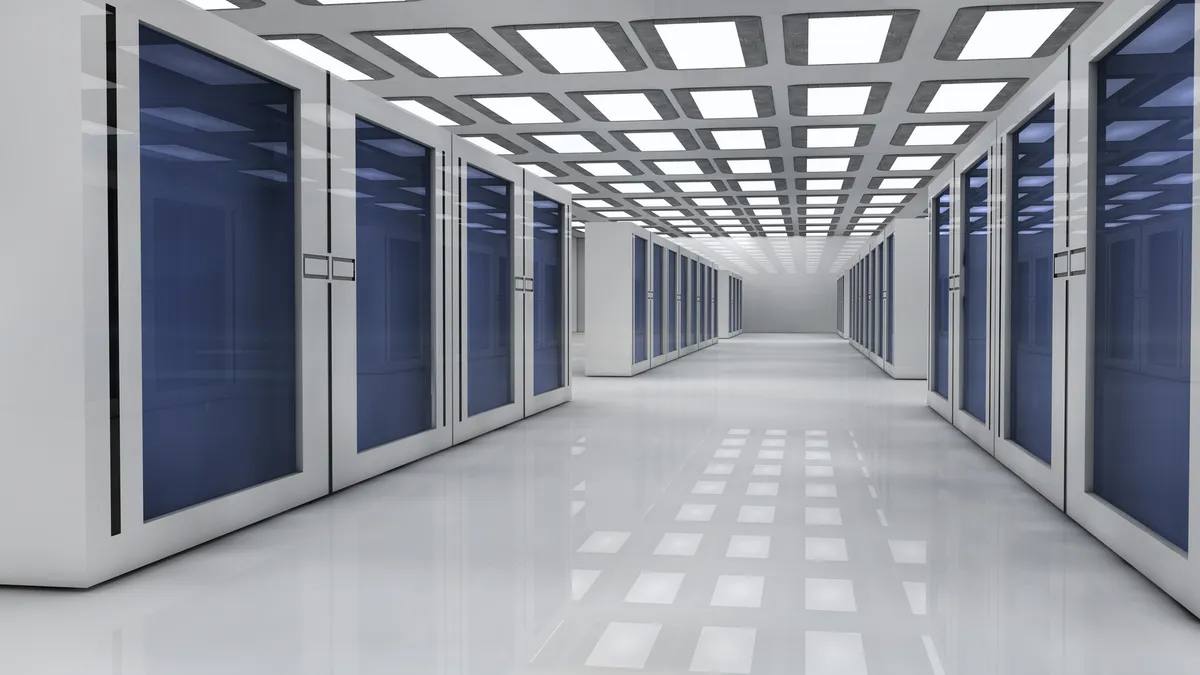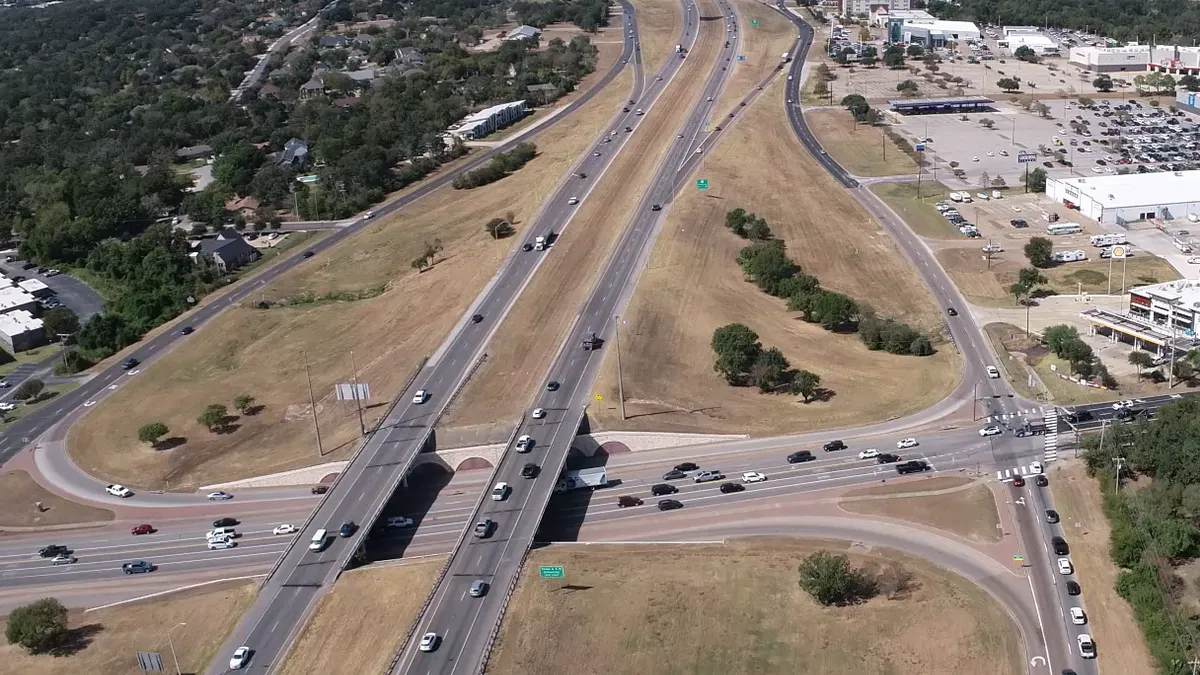The market for smart building technologies is expected to grow 34% annually over the next five years, according to a recent report on how interest in smart city development and the Internet of Things, along with their bottom-line potential for companies, is helping to fuel greater automation in the built environment. By 2021, the total market size for smart building technologies is forecast to reach $24.73 billion.
As technologists, architects, engineers and builders look to increase the number of smart buildings constructed and the number of older buildings retrofitted with automation and control technologies, here are five trends to watch for:
Predictive maintenance
From plant-sized chiller systems to elevators to lighting, IoT-connected devices will allow a shift from prevention and repair to conditions-based maintenance in real-time and based on historical performance data from the equipment in question and similar equipment elsewhere in the world, said Yasser Mahmud, vice president for industry strategy and business development at Oracle.
Leveraging data, building operators can see indicators of potential problems and can take corrective actions before products and systems fail. Companies can save approximately 15% of their capital asset spend by focusing on optimizing existing building assets and prioritizing maintenance, said Mahmud, citing data from the McKinsey Global Institute. “The opportunity to reduce downtime and related costs is tremendous.”
Convergent networks
Wireless plays a key role in smart building development and technology, but fiber is still king in terms of keeping disparate technologies connected to the web and, increasingly, to each other for whole-building systems optimization. “Wireless is an incredible convenience but is still showing its limitations with interference and reliability,” said Bill Lally, president of Chatham, NJ–based integrated building technology company Mode:Green.
On the hospitality side, smart buildings are incorporating 4K video on-demand, access control, energy management and occupancy control, and they are integrating those features through a central dashboard and controls. The key is to avoid redundancy. "The more intersecting points we have in these various systems, the more intelligent we can make them as a whole," Lally said.
Wireless retrofits
From wiring to networks to HVAC, smart building infrastructure is most easily installed during construction. However, the larger opportunity is to bring intelligent building systems to the 5.6 million existing buildings in the U.S. — which is where Wi-Fi comes in.
“We are looking more and more into wireless technologies and putting infrastructure into the cloud as much as possible for storage and data management,” said Anil Ahuja, President of CCJM, Engineering Infrastructure and Facilities Solutions for Smart Cities. “Wireless technologies are also the key to making the built environment of ‘dumb buildings’ more smart [because] we don’t have to open up the floors and the walls [to update infrastructure].”
For new buildings, too, wireless can minimize the volume of cooper wire installation, keeping first costs down.
Biometric integration
The industry should also expect more research and product development around the intersection of occupants’ biometric data and enhanced smart building operations. By using sensors to detect and trigger the control of lighting and thermal comfort, researchers are finding ways to increase productivity in office buildings and reduce stress in hospitals and other environments by mimicking circadian rhythms.
“The accuracy of sensors will have greater importance as we try to improve cognitive function with air quality and lighting levels,” said Nathan Gauthier, director of facilities management integration and sustainability for Shawmut Design and Construction in Boston.
Gauthier is not alone “We’re working with light and mimicry of circadian rhythms to optimize work spaces and sleep spaces to take advantage of lighting and environmental control,” Lally said.
Self awareness
In a parallel to machine learning, smart buildings may eventually become intelligent enough to diagnose and repair structural and system damage without human intervention.
Researchers are investigating new sensing technologies for buildings to output data on structural integrity. Among them is a new computational model developed by researchers at the Massachusetts Institute of Technology to measure structural damage and stress after a seismic event. The researchers outfitted the 21-story, I.M. Pei-designed MIT Green Building with 36 accelerometers to track how the building respondent to ambient vibrations.
Building scientists are likewise investigating the use of bacteria in concrete formulations for infrastructure to self-heal by exuding calcium carbonate to fill micro cracking as it occurs, for example. “Self-awareness is definitely a movement that we're looking at in smart buildings,” Ahuja said.
Regardless of where — and how soon — technology leads the development and optimization of smart buildings, providing building occupants with better information on energy management and other installed smart systems is integral to advancing the smart building ethos. Equally important to maintaining the efficacy of smart buildings is the behavior of building occupants.
“Smartness does not happen by automation only. The technology needs to encourage smart human behavior,” Ahuja said. “Turning off lights, recycling and tracking energy usage via apps will all lead to the behavior change that’s a critically important part of smart buildings.”





















